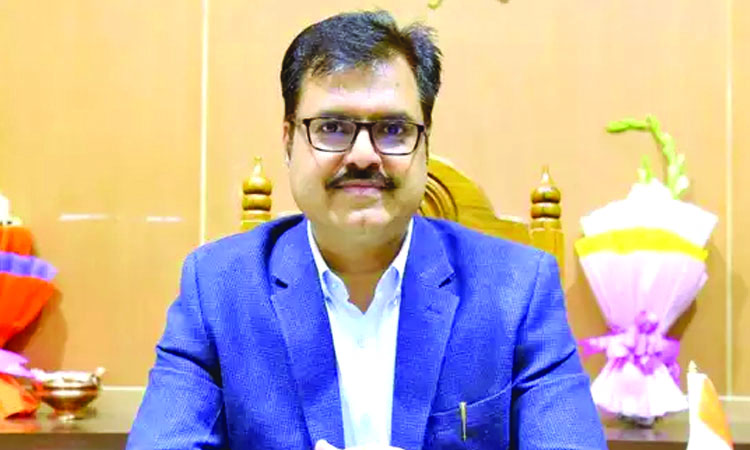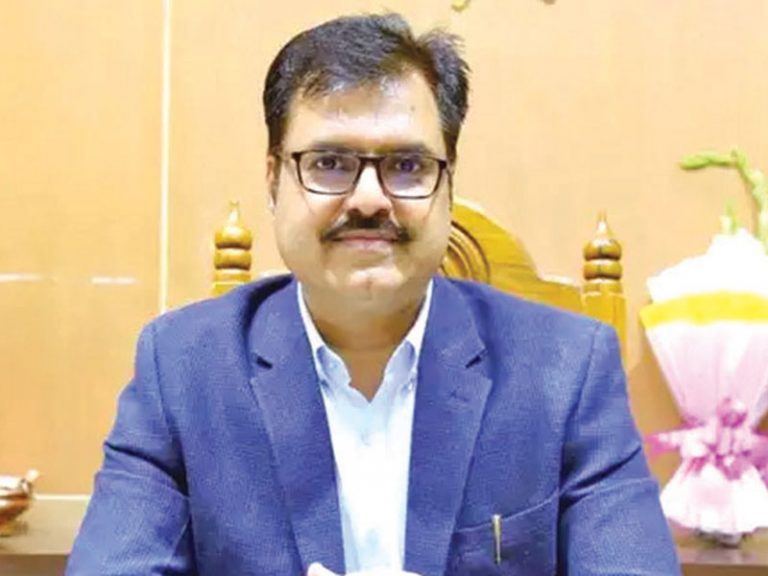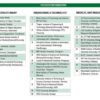No products in the cart.
Maharashtra: Soft option rule
Nasrin Modak Siddiqi (Mumbai)

Suraj Mandhare: justified tweaking
A top priority of left — communist, socialist — governments worldwide, is compulsory, free-of-charge early years and primary education for children. Yet despite newly-independent India’s Congress party passing a resolution in 1956 to establish a “socialist pattern of society”, compulsory primary education wasn’t decreed until 2009 when another Congress government at the Centre enacted the landmark Right of Children to Free and Compulsory Education (RTE) Act, 2009. The RTE Act makes it mandatory for the State (Central and state governments) to provide free and compulsory elementary (class I-VIII) education to all children in the 6-14 age group.
Moreover, under s.12 (1) (c) of the Act, all private aided and independent schools are obliged to reserve 25 percent of capacity in class I for poor children in their neighbourhoods, and retain them free-of-charge until completion of class VIII. The expense of educating poor neighbourhood children thus admitted into private schools is mandated to be paid by state governments on the basis of average per child cost incurred by government for educating children in public schools, or actual fee charged by private neighbourhood schools, whichever is less.
Inevitably this “backdoor nationalisation” of 25 percent capacity of private elementary schools was challenged in the Supreme Court. In Society for Unaided Private Schools of Rajasthan vs. Union of India & Anr (Writ Petition (C) No. 95 of 2010), a three-judge bench of the Supreme Court by a 2-1 majority upheld the constitutional validity of the RTE Act, 2009, and particularly s.12 (1) (c). However, the apex court exempted private boarding and minority schools from applicability of s.12 (1) (c).
Since then and especially after financially stressed state governments started foot-dragging on the issue of reimbursing the cost of poor neighbourhood children admitted into private schools under the formula of the Act, private schools have devised several ways and means to avoid admitting poor children into their elementary classes.
While the Supreme Court’s logic exempting boarding schools from admitting poor children under s.12 (1) (c) is self-explanatory, the definition of ‘minority schools’ has prompted considerable litigation.
Private school managements contended that apart from institutions promoted by religious minorities, schools promoted by linguistic minorities of every state are also exempt. Thus a large number of private schools have successfully skirted provisions of s.12 (1) (c). Moreover, several state governments, especially in Uttar Pradesh, Karnataka and Maharashtra, further diluted s.12 (1) (c) by amending Rules under the Act by decreeing that private schools would be exempt from admitting poor children if there is a government school within 1 km of poor neighbourhoods.
In April, a writ petition was filed before the Nagpur Bench of the Bombay high court by an NGO — Yavatmal-based Parivartan Samajik Bahuddeshiya Sanstha — questioning the constitutional validity of this amended Rule. The petitioner contends this Rule change further dilutes s.12 (1) (c) and exempts private schools from the responsibility of educating poor children in their neighbourhood as mandated by the RTE Act. The petitioners’ plea was heard on April 24 by a bench constituted by Justices Nitin Sambre and Ajay Mantri, which issued notice to principal-secretary of the school education department to file its response.
Spokespersons of the Maharashtra government justify this tweaking of RTE Act Rules. “Many government schools have upgraded their infrastructure and provide good quality education. But their classrooms are depleted because parents are enrolling their children in private schools under s.12 (1) (c). Moreover, since minority schools are exempt, of Maharashtra’s 45,000 private schools only 8,000 are admitting poor students and the pressure for admission in them is intense. Also since free-of-charge education is only up to class VIII, children suffer severe shock and trauma if their parents cannot pay class IX-XII fees and move them to government schools. After studying the implementation of the RTE Act in Karnataka, Haryana, and Punjab, which have framed similar Rules, last year we also amended our Rules,” says Suraj Mandhare, Deputy Commissioner of Education, Government of Maharashtra.
Although Mandhare justifies this tweaking of the RTE Act Rules which further dilutes the intent of s.12 (1) (c) of the RTE Act, according to some monitors of Maharashtra’s education scene, the prime intent behind the new Rule is to prevent children of poor households fleeing to private schools. As a result in dozens of government schools teachers (who can’t be sacked) are close to outnumbering students. Besides the state government is feeling the pinch of reimbursing private schools even the lower fees of educating poor children as provided by s.12 (2) of the Act. Currently, the state government reportedly owes private schools fees aggregating Rs.1,463 crore under s.12 (2).
Clearly the logical option for government is to upgrade and modernise its 61,127 public schools — and especially eliminate Marathi as the sole medium of education in government elementaries — so that they become the first choice of poor households. But that’s a task evidently beyond the capability of education ministry babus. Tweaking the Rules to force children to attend sub-standard government schools is the soft option. (As we go to the press on May 6, the Bombay high court has stayed the new Rule).















Add comment